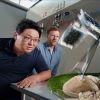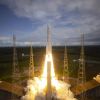How Franco-German top-level research succeeds
From green AI to Europe’s answer to SpaceX: German and French researchers are working hand in hand on the key technologies of the future.
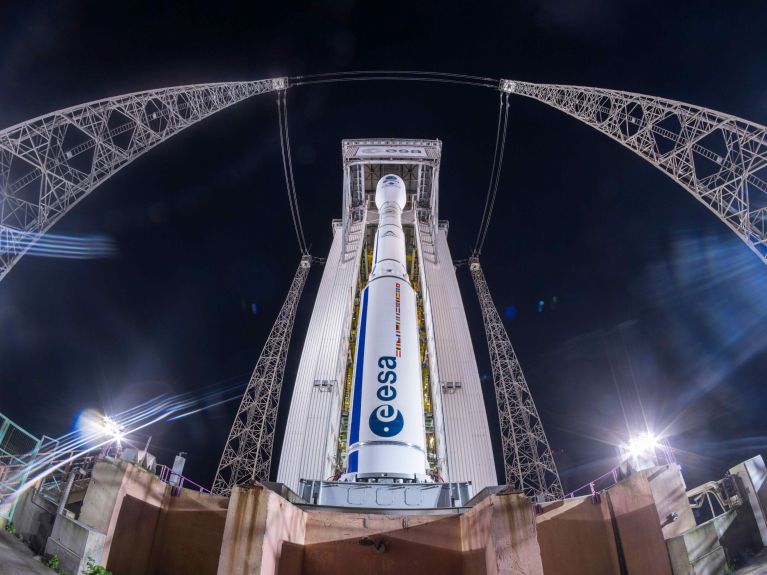
Groundbreaking research needs international collaboration. Germany and France have been putting this principle into practice as close partners for many years. This was also demonstrated by the Forum for Franco-German Research Cooperation, which took place for the eighth time in June 2025.
Held every three to four years, these meetings provide an important platform for pooling the two partner countries’ joint efforts in top-level research. The alliance between the EU’s two largest economies is more important than ever. After all, the aim is “to safeguard our sovereignty and competitiveness — and also our ability to shape the future,” as French Minister for Higher Education and Research Philippe Baptiste was keen to emphasise. At the forum, he met with his German counterpart Dorothee Bär from the Federal Ministry for Research, Technology and Space (BMFTR).
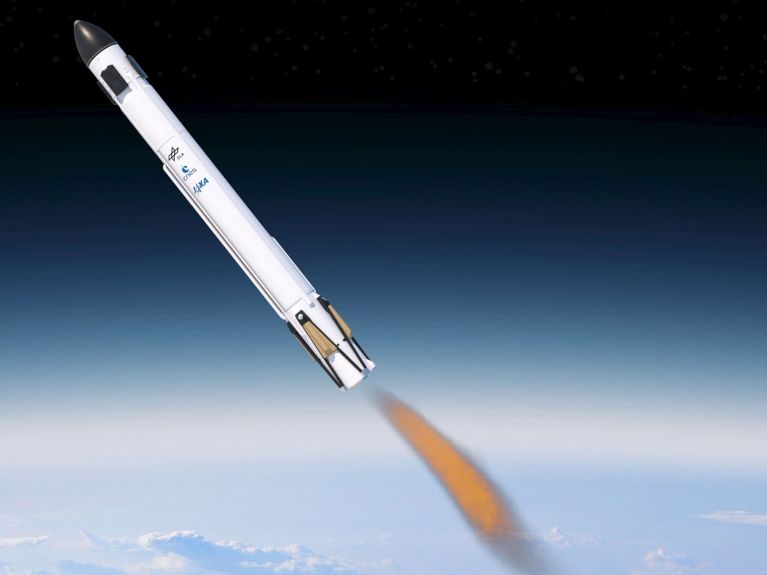
Is CALLISTO Europe’s answer to SpaceX?
There is already close cooperation in the field of space exploration – Germany and France are the largest contributors to the European Space Agency ESA. The two countries are currently pushing forward an innovative project called CALLISTO. Seeking to develop reusable rocket stages it can be seen as Europe’s response to the US space company SpaceX, founded by Elon Musk. “What makes CALLISTO different is that the landing process is also automated: the engine reignites to reduce the descent speed, the landing legs extend, and the landing system absorbs the remaining kinetic energy, allowing the vehicle to land upright, safely and stably,” explains a spokesperson from the BMFTR. In its final demonstration flight, the rocket is expected to reach an altitude of up to 10,000 metres. In addition to Germany and France, the space agencies are also working together with Japan on CALLISTO.
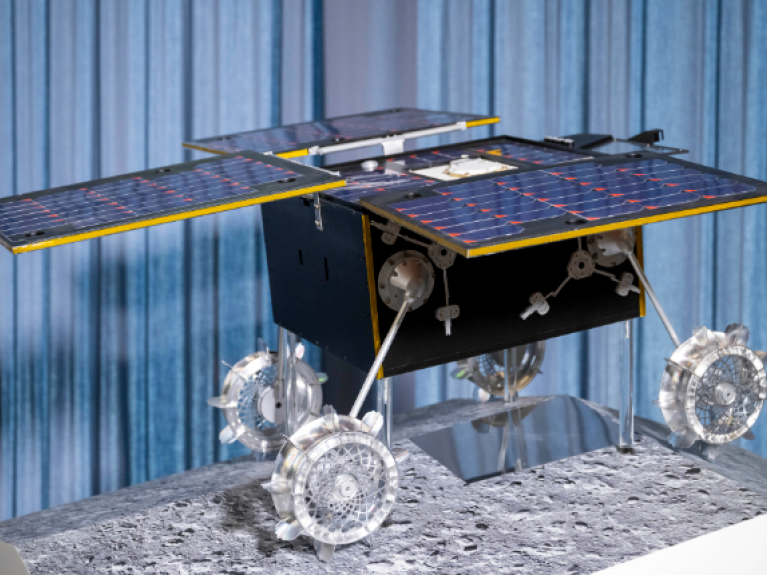
What plans are there for the Mars rover Idefix?
In addition to rocket technology, the two countries are also collaborating on space exploration. Also in cooperation with Japan, the Franco-German partnership is contributing to the exploration of Mars. As part of the Martian Moons eXploration (MMX) mission, the two European neighbours are sending the lander Idefix, which will explore the surface of Mars’s moon Phobos for several weeks. A launch vehicle is expected to head to Mars next year. After some time in orbit around Mars, Idefix is scheduled to land on Phobos in 2029. “This will be followed by a measurement phase of around three months, during which the rover will travel to various locations of interest for scientific analysis,” says the BMFTR.
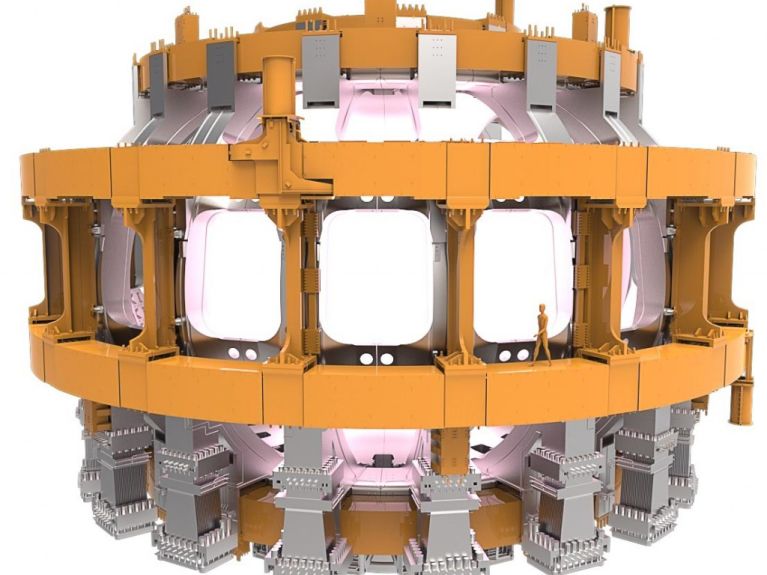
Is nuclear fusion a key technology for the future?
Another important field of cooperation is fusion research. Like in the core of the sun, fusion energy is generated by the merging of atoms. According to experts, this offers enormous potential for a carbon-neutral, clean and affordable energy supply. Germany has the long-term goal of putting a fusion power plant into operation. In order to achieve this, Germany is working with France on ITER – an experimental reactor currently being built in southern France: it is the world’s largest project of its kind in fusion research.
The BMFTR highlights Germany’s national fusion funding programme, which will provide nearly half a billion euros in government support through 2029: “In line with the goals of the coalition agreement, the current strategy will be expanded to include infrastructure development and the creation of a fusion ecosystem.” At the research cooperation forum, the German and French participants discussed future joint activities. Conditions appear to be more favourable than ever: thanks to significant technological progress, private investors are now increasingly putting money into fusion energy. Experts expect this to give rise to a new key technology – with Germany and France in leading positions.
Innovative projects: What is green AI?
Unlike the still-developing areas of fusion reactors and Mars missions, cooperation in artificial intelligence (AI) is already being put into practice. Germany and France are currently funding 29 AI projects with a total of 26 million euros. According to the Federal Research Ministry, the aim is to strengthen the transfer of research into real-world applications.
Fields of application include mobility and transport, as well as renewable energy. The goal is to develop green AI that ensures lower resource consumption. At present, AI systems often consume extremely large amounts of electricity. New algorithms are being developed to use less energy, less storage space and less bandwidth.
One flagship Franco-German AI project is GANResilRob, which aims to help make the two countries’ industries more flexible and resilient through AI. The idea is that the AI system will be able to adapt production lines, such as when global supply chains are disrupted and industry is urgently waiting for parts. This need became very clear in recent years, when factories repeatedly came to a standstill during the pandemic and as a result of international conflicts.

